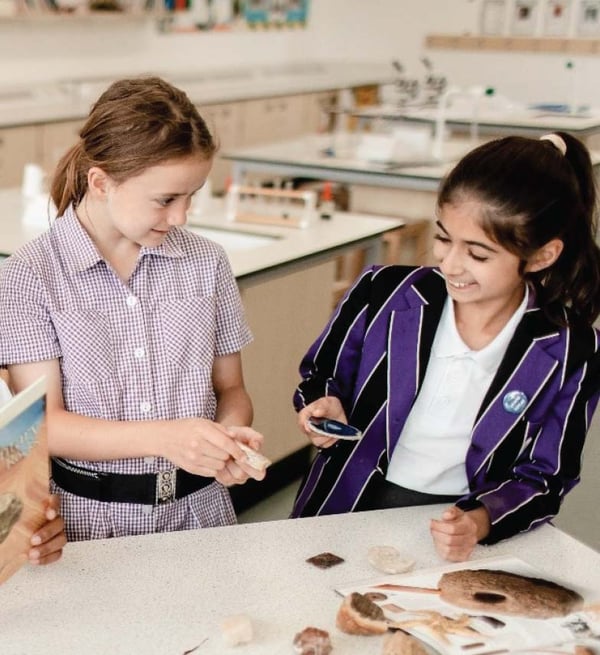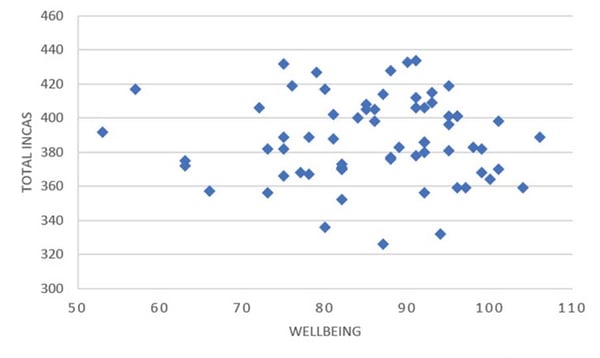Case Studies / The Perse School
The Perse School
How The Perse Preparatory School uses the Cambridge Wellbeing Check to holistically support their pupils
Find out more.
About the school
The Perse School, Cambridge, is a coeducational independent day school for children aged 3 – 18. It has three sites: the Upper (secondary), the Prep (KS2) and the Pelican (EYFS and KS1). The Perse Prep is a relaxed yet purposeful three form entry school of just under 300 children between the ages of 7 and 11 situated on 16 acres of green space in Cambridge. It is a school committed to helping children develop as confident, smiling, interesting and interested individuals, and within this vibrant and energetic environment, every child will develop their academic curiosity and a lifelong love of learning. Children thrive on challenges both in and outside the classroom, with great emphasis placed on developing breadth and balance through first-rate sport, clubs, music, art, drama, trips and outdoor pursuits. All of these opportunities and experiences help build a supportive community which develops each child’s self-confidence and happiness.
Jessica Evans, Head of Tracking at the Prep, explains how they have used the Cambridge Wellbeing Check to gain a deeper understanding of their pupils’ wellbeing and help all children achieve their best.

Why did you introduce the Cambridge Wellbeing Check?
We had previously used a range of different systems to try and provide barometers of children’s wellbeing, but none of them seemed to fit the bill completely. We already used Cambridge Insight (formerly CEM) for our academic tracking, so when the Cambridge Wellbeing Check was launched, we were particularly interested to see whether this would work for our pastoral tracking. Having extensively researched various different options on the market, we decided to introduce the Cambridge Wellbeing Check for the school year 2023-2024.
We particularly liked how this Wellbeing Check was phrased for the children, with each question being a simple statement with responses required from five options ranging from never to always.
When do the children complete the survey?
We asked all children to complete the Wellbeing Check towards the end of the first half term of the academic year in order to gain some insight as to how children were feeling.
What did you do with the results?
Initial reports that we got back from the Wellbeing Check were overwhelmingly positive and demonstrated a very happy and content environment. However, the data provided enabled us to drill down into individual cases as well as cohort analysis. We were also keen to use the raw data for further in-house analysis.
Each answer is given a numerical score (5 being the most positive answer and 1 being the least positive answer). This involved a little adjustment when analysing as some of the questions are worded with a positive focus (e.g. I feel safe) and others with a negative focus (e.g. I feel worried). For the positively worded questions an answer of ‘always’ was given a score of 5 and an answer of ‘never’ was given 1. For the negatively worded questions, we inverted the scores so that ‘5’ still referred to the most positive answer, which in this case is ‘never’. We used these numerical values to get a ‘total wellbeing score’ for each child, as well as an average score out of 5.
We then used these ‘total wellbeing scores’ to identify individual children who may need additional support. We set a generous in-house ‘cut off’ and followed up with any child who had a total score below this. Many of these children were already on our radar and receiving additional support, however, we ensured a conversation was had with all children below our threshold, involving parents where we felt necessary, as part of considering any further actions.
How did you compare the results of the Cambridge Wellbeing Check with academic data?
We then decided to look more closely at any links between academic attainment and wellbeing by comparing the children’s Cambridge Primary Insight (formerly InCAS) data with their Wellbeing Check data. This did not provide any obvious correlations (Figure 1).
We were then able to drill down a little further for individual children, depending on whether there were discrepancies or not between their academic and wellbeing scores. We were also able to analyse patterns in Wellbeing across the school or across a cohort. We did this by adding each individual’s score per question to get a ‘total’ for each question area to enable us to see which areas came out lowest in different groups of children. This allowed us to notice trends across the school, or a cohort, in terms of which areas the children were feeling more negatively towards.
We then went on to have staff meetings to discuss how we can address these areas.
We were also able to calculate an average Wellbeing score for a group of children (using their individual total scores) to make general comparisons between groups, for example based on gender or SEN status.

Figure 1: Scatterplot showing Wellbeing score against baseline score
What conclusions did you draw as a school?
We’ve found the Cambridge Wellbeing Check really helpful in giving us another piece of data which we can use to ensure we are supporting children in the best way we can, both academically and pastorally. We use the individual Wellbeing total scores regularly in meetings where we discuss pupil progress, which allows us to have a fuller, more rounded data picture of each child.
We plan to administer the Cambridge Wellbeing Check once more this academic year, towards the end of the Summer Term, so that we can gain an up-to-date insight as to how our pupils are feeling. This will also allow us to monitor the impact of interventions put in place as a result of the first Wellbeing Check. We will then do similar analysis with the new data but comparing to our in-house end of year assessments instead of Cambridge Primary Insight.
Over a number of years, we hope to build up a bigger picture of Wellbeing across different cohorts and hope to continue to use this data to offer more support to any child who might benefit from it.

